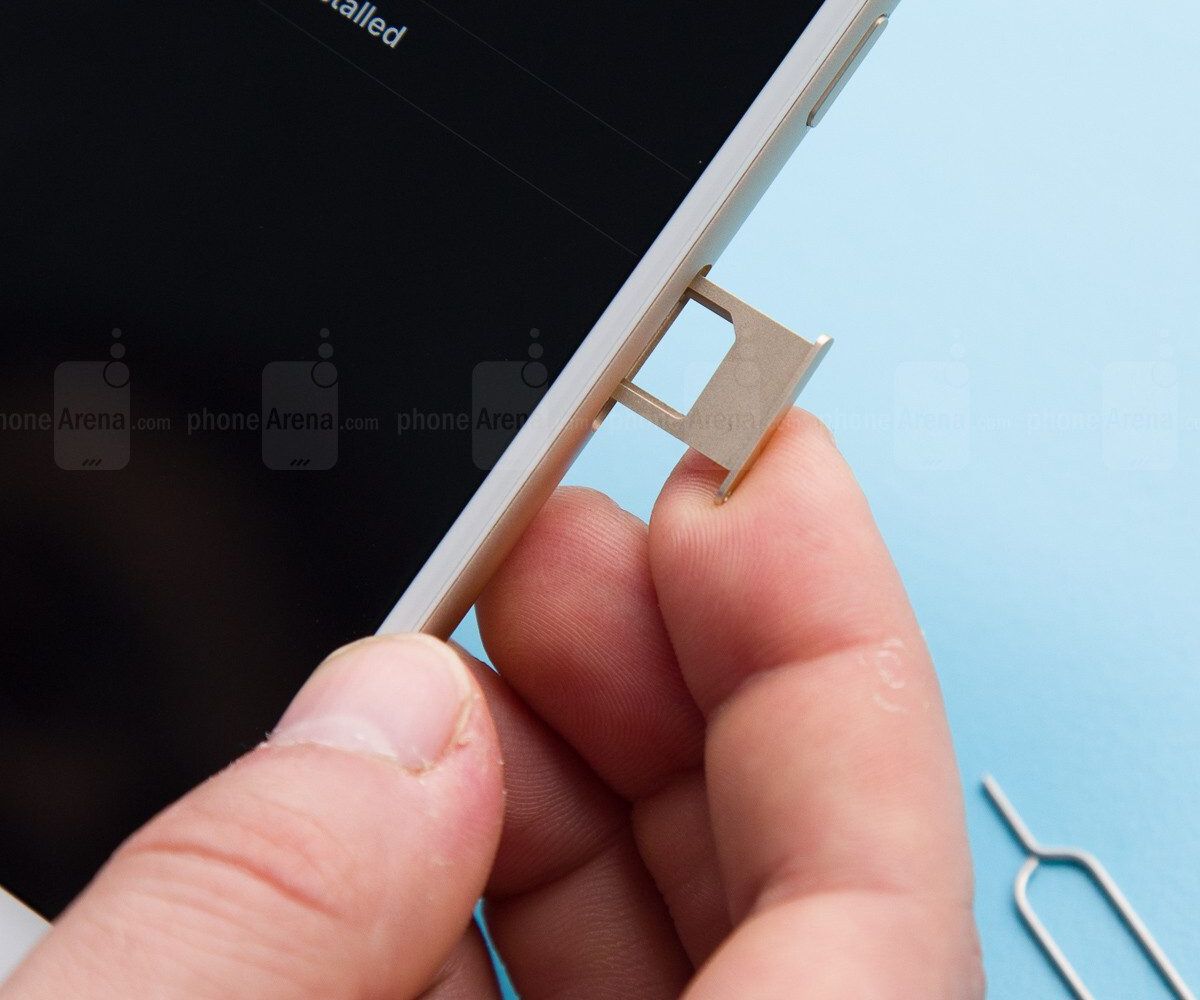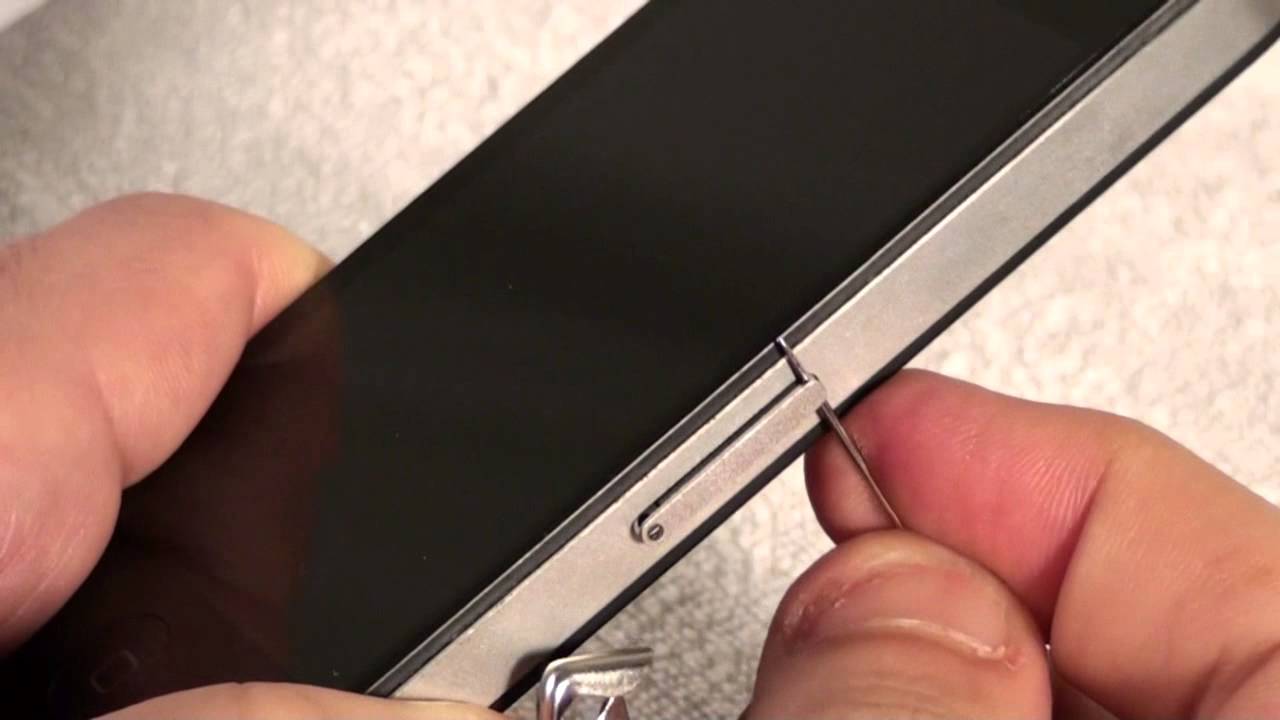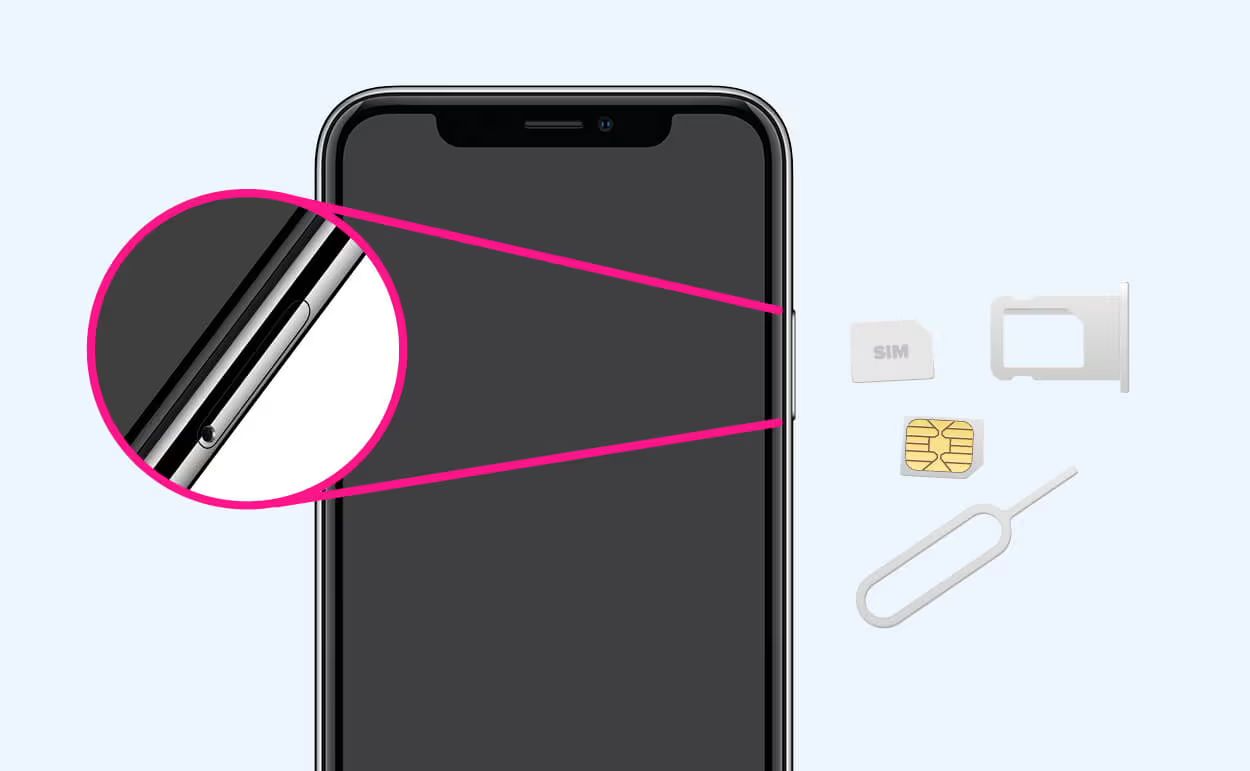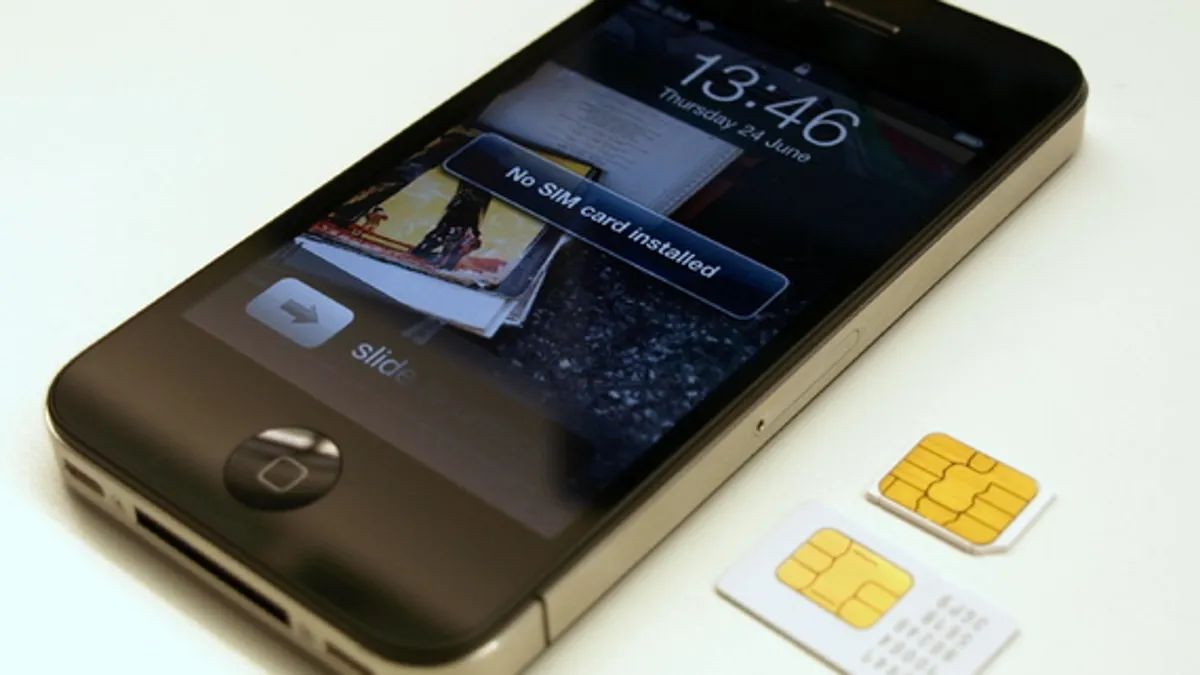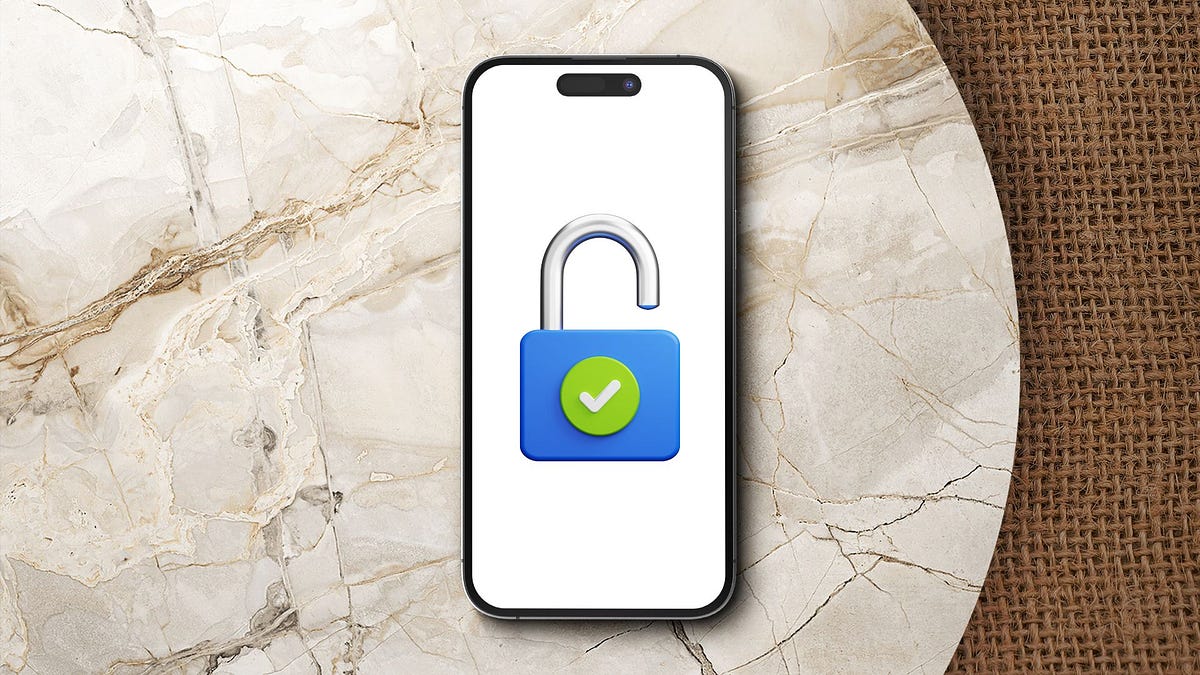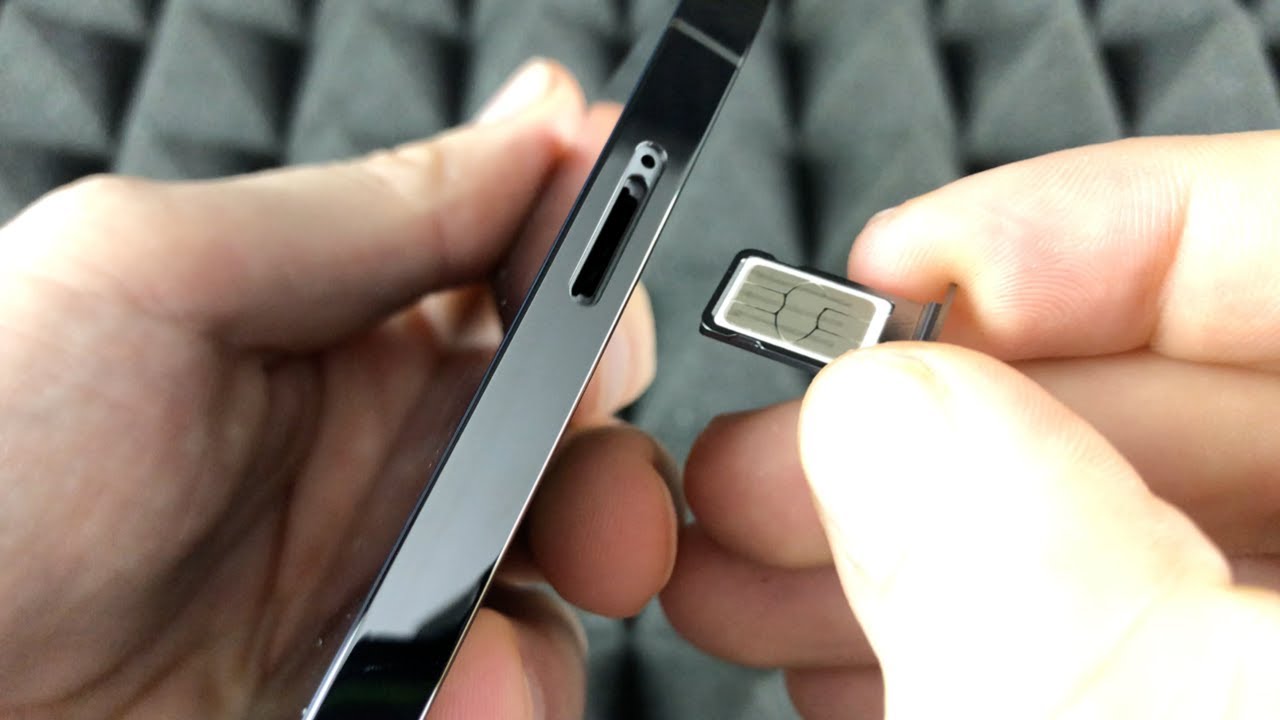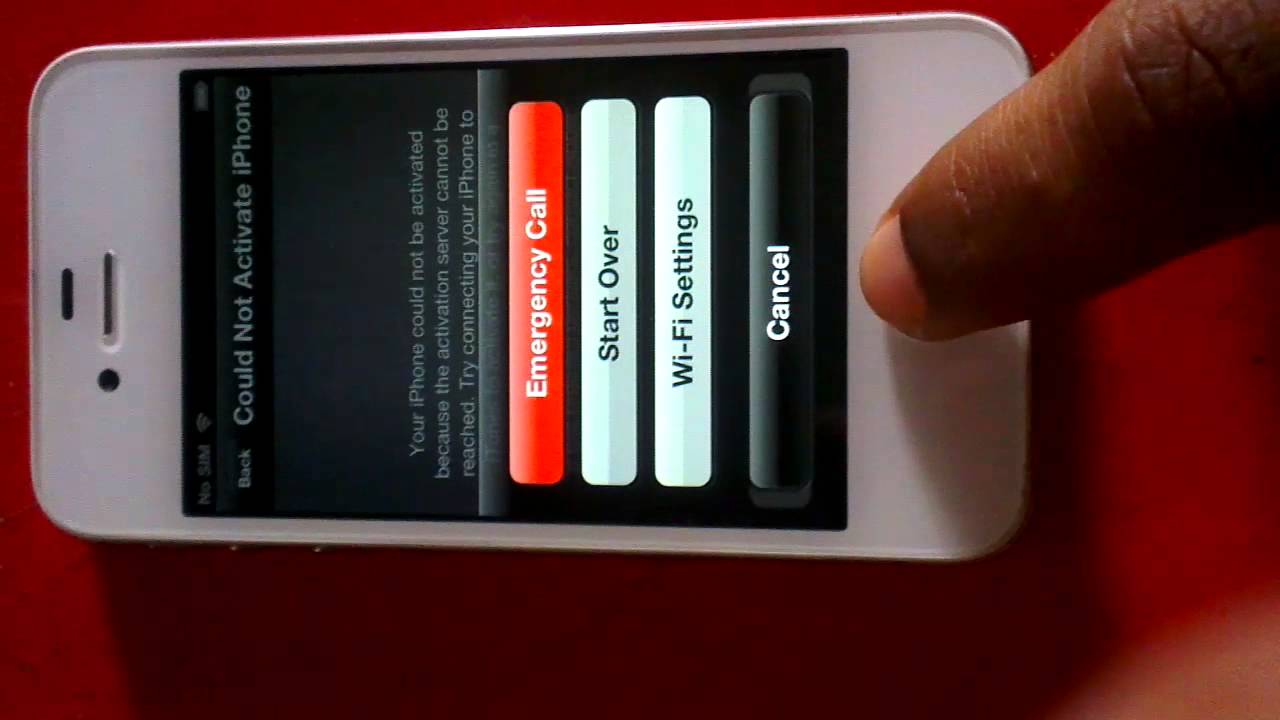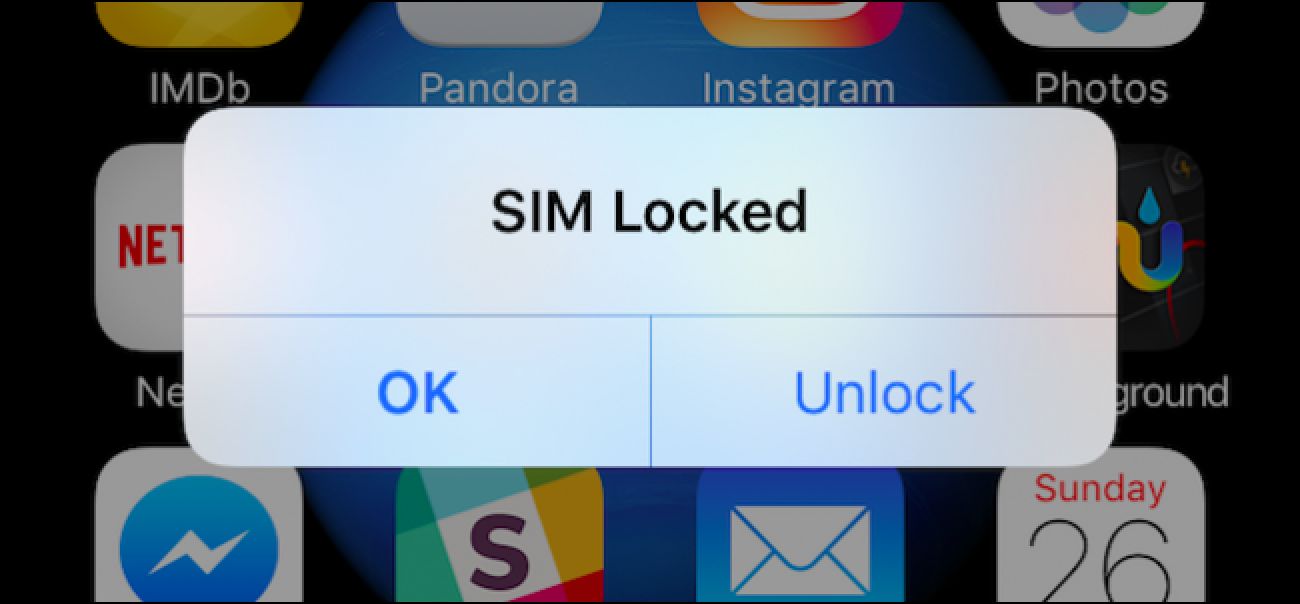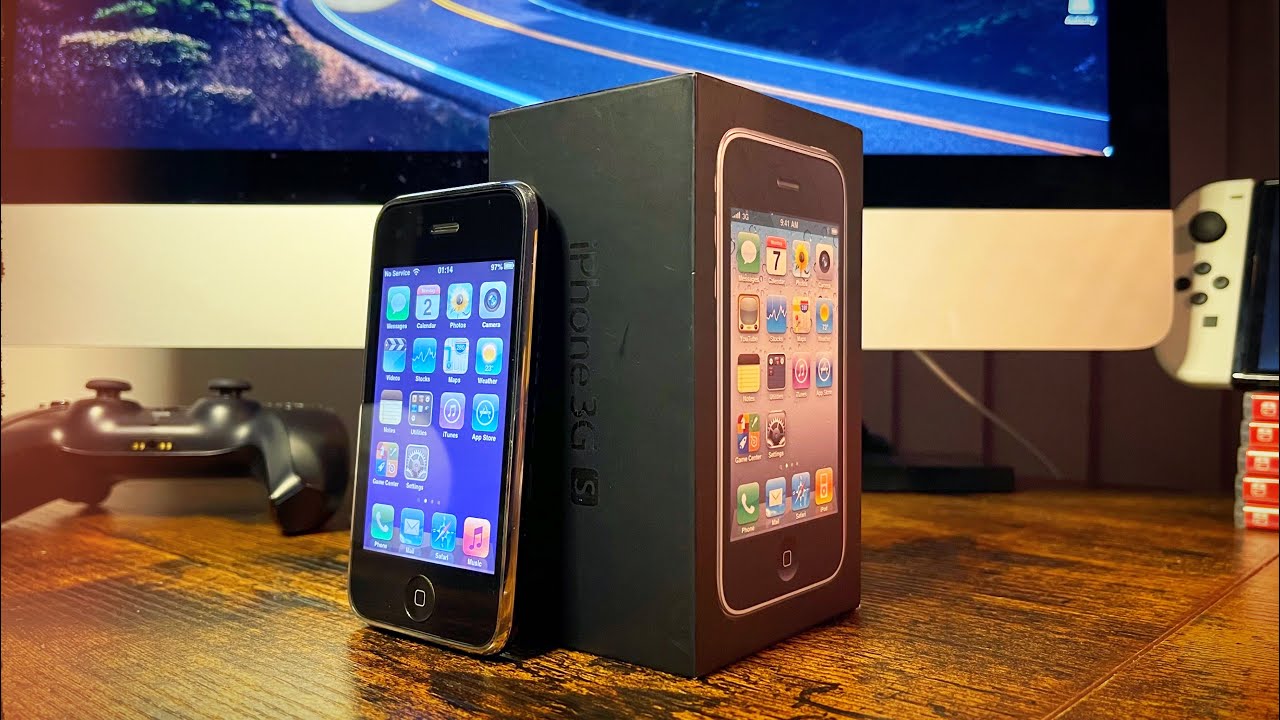Introduction
The iPhone 4S, a revolutionary device that forever altered the landscape of mobile technology, offers an array of features and functionalities, including the ability to make calls and access mobile networks. At the core of this capability lies the Subscriber Identity Module (SIM) card, a small but crucial component that enables the iPhone 4S to connect to cellular networks and utilize mobile services. Understanding the SIM card and its significance is essential for maximizing the potential of this remarkable device.
In this comprehensive guide, we will delve into the intricacies of the iPhone 4S SIM card, providing detailed insights on its location, removal, insertion, and troubleshooting. By the end of this article, you will possess a thorough understanding of how to manage the SIM card in your iPhone 4S, empowering you to seamlessly navigate the world of mobile connectivity.
Let's embark on this enlightening journey to unravel the mysteries of the SIM card in the iPhone 4S, equipping you with the knowledge and confidence to effortlessly manage this fundamental element of your device.
Understanding the SIM Card
The Subscriber Identity Module (SIM) card is a diminutive yet indispensable component of the iPhone 4S, serving as the linchpin for mobile connectivity. This tiny card, typically about the size of a postage stamp, plays a pivotal role in enabling the device to access cellular networks, make calls, send text messages, and utilize mobile data services. The SIM card essentially holds the key to identifying and authenticating the user's subscription with a specific mobile network, thereby facilitating seamless communication and access to mobile services.
At its core, the SIM card contains crucial information that uniquely identifies the user and their mobile subscription. This includes the International Mobile Subscriber Identity (IMSI), a unique identifier that distinguishes the user within the mobile network, and the Integrated Circuit Card Identifier (ICCID), a distinct serial number that identifies the SIM card itself. These identifiers are essential for establishing a secure and authenticated connection between the iPhone 4S and the mobile network, ensuring that the user can access the full spectrum of mobile services available to them.
Moreover, the SIM card also stores essential data such as the user's phone number, authentication key, and various network-specific information required for seamless interaction with the mobile network. This data is securely stored within the SIM card, safeguarded by robust encryption and authentication mechanisms to ensure the integrity and confidentiality of the user's mobile subscription details.
In essence, the SIM card acts as a personalized gateway to the mobile network, enabling the iPhone 4S to authenticate the user, establish a secure connection to the network, and access a myriad of mobile services. Without the SIM card, the iPhone 4S would be unable to identify the user's subscription or connect to cellular networks, rendering it incapable of making calls, sending messages, or accessing mobile data.
Understanding the pivotal role of the SIM card in facilitating mobile connectivity is crucial for effectively managing and utilizing the iPhone 4S. With a firm grasp of the significance and functionality of the SIM card, users can confidently navigate the intricacies of mobile network connectivity, ensuring a seamless and enriching mobile experience with their iPhone 4S.
Identifying the SIM Card Slot in iPhone 4S
The iPhone 4S, renowned for its sleek design and innovative features, houses the SIM card slot in a discreet yet accessible location. To embark on the journey of identifying the SIM card slot in the iPhone 4S, one must first acquaint themselves with the physical layout of the device.
The SIM card slot in the iPhone 4S is ingeniously positioned on the right-hand side of the device, nestled within the meticulously crafted metallic frame. This strategic placement ensures convenient access to the SIM card slot while maintaining the device's aesthetic allure and ergonomic design.
Upon close inspection, one will notice a small, inconspicuous slot on the right edge of the iPhone 4S, just below the power button. This meticulously engineered slot, adorned with a minuscule pinhole, serves as the gateway to the SIM card compartment.
To unearth the SIM card slot, one must gently insert the provided SIM card removal tool or a paperclip into the pinhole, applying a subtle amount of pressure to trigger the release mechanism. As the mechanism is engaged, the SIM card tray will delicately slide out, unveiling the coveted slot where the SIM card resides.
The SIM card tray, upon extraction, unveils a diminutive compartment perfectly tailored to accommodate the SIM card. Its precise dimensions and secure fit ensure that the SIM card is snugly housed within the iPhone 4S, ready to facilitate seamless connectivity and mobile services.
Identifying the SIM card slot in the iPhone 4S is a testament to the device's meticulous engineering and user-centric design. The strategic positioning and intuitive access to the SIM card slot exemplify Apple's commitment to seamlessly integrating essential components within the iPhone 4S, ensuring a harmonious blend of form and functionality.
Armed with the knowledge of the SIM card slot's location and accessibility, iPhone 4S users can confidently navigate the process of managing their SIM card, whether it involves removal, insertion, or troubleshooting. This profound understanding empowers users to harness the full potential of their iPhone 4S, unlocking a world of seamless mobile connectivity and communication.
Removing the SIM Card
Removing the SIM card from your iPhone 4S is a straightforward process that requires precision and care. Whether you need to switch to a new SIM card, troubleshoot connectivity issues, or perform maintenance on your device, understanding the steps to remove the SIM card is essential. Here's a comprehensive guide to walk you through the seamless removal process:
-
Prepare the Necessary Tools: Before initiating the SIM card removal process, ensure that you have the appropriate tools at your disposal. The SIM card removal tool, typically provided by Apple, is a small, metallic pin designed specifically for ejecting the SIM card tray. Alternatively, a paperclip can be used as a makeshift tool in the absence of the dedicated SIM card removal pin.
-
Locate the SIM Card Slot: As outlined in the previous section, the SIM card slot is positioned on the right-hand side of the iPhone 4S, adjacent to the device's power button. Familiarize yourself with the precise location of the slot to facilitate a smooth removal process.
-
Eject the SIM Card Tray: Gently insert the SIM card removal tool or paperclip into the pinhole located next to the SIM card slot. Apply slight pressure to trigger the release mechanism, causing the SIM card tray to delicately slide out from the device.
-
Retrieve the SIM Card Tray: Once the SIM card tray is partially ejected, carefully pull it out from the iPhone 4S, ensuring a steady and controlled motion to prevent any damage to the tray or the device.
-
Remove the SIM Card: With the SIM card tray in hand, carefully extract the SIM card from its designated slot within the tray. Exercise caution to avoid bending or damaging the SIM card during the removal process.
-
Secure the SIM Card Tray: After removing the SIM card, securely place the SIM card tray back into the iPhone 4S, ensuring that it aligns perfectly with the slot and smoothly integrates into the device's framework.
By meticulously following these steps, you can successfully remove the SIM card from your iPhone 4S without encountering any complications. This process allows you to seamlessly manage your SIM card, enabling you to switch between SIM cards, troubleshoot connectivity issues, or perform necessary maintenance on your device. With a firm grasp of the SIM card removal procedure, you are well-equipped to navigate the intricacies of managing the SIM card in your iPhone 4S, ensuring a seamless and enriching mobile experience.
Inserting the SIM Card
Inserting a SIM card into your iPhone 4S is a fundamental step that paves the way for seamless mobile connectivity and access to a myriad of services. Whether you are activating a new SIM card, replacing an existing one, or reinserting a previously removed card, the process of inserting the SIM card is a pivotal aspect of managing your device. Here's a detailed guide to walk you through the precise steps of inserting a SIM card into your iPhone 4S:
-
Prepare the SIM Card: Before commencing the insertion process, ensure that you have the SIM card readily available. Familiarize yourself with the specific type of SIM card required for the iPhone 4S, which typically adheres to the standard form factor. If you are using a new SIM card, it is essential to activate it through your mobile service provider before proceeding with the insertion.
-
Locate the SIM Card Slot: As detailed earlier, the SIM card slot is positioned on the right-hand side of the iPhone 4S, adjacent to the device's power button. Identify the precise location of the slot to facilitate a smooth insertion process.
-
Access the SIM Card Tray: To access the SIM card slot, you need to gently insert the provided SIM card removal tool or a paperclip into the pinhole located next to the slot. Apply subtle pressure to trigger the release mechanism, causing the SIM card tray to delicately slide out from the device.
-
Position the SIM Card: Carefully place the SIM card into the designated slot within the SIM card tray, ensuring that it aligns perfectly with the tray's contours. The SIM card should fit snugly within the tray, aligning with the marked guidelines to ensure a secure and stable placement.
-
Insert the SIM Card Tray: Once the SIM card is securely positioned within the tray, carefully slide the SIM card tray back into the iPhone 4S, ensuring a smooth and controlled motion. The tray should seamlessly integrate into the device's framework, aligning perfectly with the slot and power button.
By meticulously following these steps, you can effortlessly insert a SIM card into your iPhone 4S, setting the stage for uninterrupted mobile connectivity and access to a plethora of services. This process empowers you to seamlessly manage your SIM card, enabling you to activate new cards, replace existing ones, or reinsert previously removed cards with confidence and precision. With a firm grasp of the SIM card insertion procedure, you are well-equipped to harness the full potential of your iPhone 4S, ensuring a seamless and enriching mobile experience.
Troubleshooting Tips
When encountering issues related to the SIM card in your iPhone 4S, it's essential to approach troubleshooting with a systematic and methodical mindset. By following these practical tips, you can effectively diagnose and address common SIM card-related issues, ensuring seamless connectivity and optimal functionality of your device.
-
Check SIM Card Compatibility: Ensure that the SIM card inserted into your iPhone 4S is compatible with the device and supported by your mobile service provider. Incompatible or outdated SIM cards may lead to connectivity issues and limited functionality.
-
Inspect SIM Card for Damage: Carefully examine the SIM card for any signs of physical damage, such as scratches, dents, or visible wear. Damaged SIM cards can impede proper connectivity and may need to be replaced.
-
Clean the SIM Card and Tray: Dust, debris, or residue on the SIM card or within the SIM card tray can hinder proper contact and connectivity. Gently clean the SIM card and tray using a soft, dry cloth to ensure a clean and secure connection.
-
Restart the iPhone 4S: A simple restart can often resolve temporary glitches and connectivity issues. Power off your iPhone 4S, remove the SIM card, reinsert it, and then power the device back on to refresh the network connection.
-
Reset Network Settings: If persistent connectivity issues persist, consider resetting the network settings on your iPhone 4S. Navigate to Settings > General > Reset > Reset Network Settings. This action will clear all network-related settings and may resolve underlying connectivity issues.
-
Contact Mobile Service Provider: If troubleshooting steps have not resolved the issue, reach out to your mobile service provider for assistance. They can verify the status of your SIM card and offer insights into network coverage, potential outages, or account-related issues affecting connectivity.
-
Update iPhone 4S Software: Ensure that your iPhone 4S is running the latest software version. Software updates often include fixes for known connectivity issues and optimize the device's compatibility with SIM cards and mobile networks.
By diligently applying these troubleshooting tips, you can effectively address SIM card-related issues and ensure that your iPhone 4S operates seamlessly within the mobile network ecosystem. These proactive measures empower you to maintain optimal connectivity and leverage the full spectrum of mobile services available on your device.
Conclusion
In conclusion, the SIM card is a fundamental component that underpins the seamless connectivity and functionality of the iPhone 4S within the mobile network ecosystem. Understanding the intricacies of the SIM card, from its pivotal role in authenticating user subscriptions to its secure storage of essential data, is paramount for users seeking to maximize the potential of their device.
The process of identifying the SIM card slot in the iPhone 4S, delicately removing the SIM card, and precisely inserting a new or replacement card embodies the meticulous design and user-centric approach that defines Apple's commitment to intuitive device management. By familiarizing themselves with the location and accessibility of the SIM card slot, users can confidently navigate the removal and insertion processes, ensuring a seamless transition between SIM cards and a robust foundation for uninterrupted mobile connectivity.
Furthermore, the troubleshooting tips provided offer practical guidance for diagnosing and addressing common SIM card-related issues. By adhering to these proactive measures, users can effectively mitigate connectivity challenges, safeguard the integrity of their SIM cards, and maintain optimal functionality within the mobile network environment.
Ultimately, the comprehensive understanding of the SIM card and its management in the iPhone 4S empowers users to embrace the full spectrum of mobile connectivity and services with confidence and precision. Whether activating a new SIM card, troubleshooting connectivity issues, or performing routine maintenance, users are equipped with the knowledge and expertise to navigate the complexities of SIM card management, ensuring a seamless and enriching mobile experience with their iPhone 4S.
In essence, the SIM card serves as the gateway to a world of communication, connectivity, and mobile services, seamlessly integrated within the elegant framework of the iPhone 4S. By unraveling the mysteries of the SIM card and mastering its management, users can embark on a journey of seamless mobile connectivity, empowered by the remarkable capabilities of their device.







